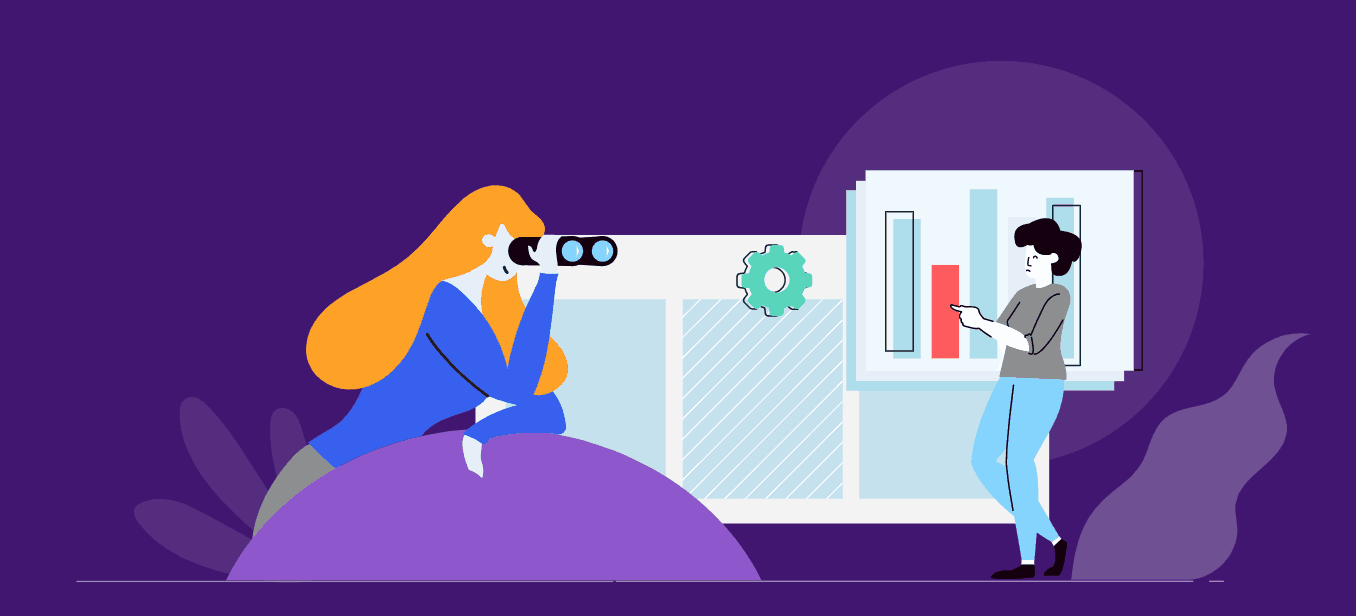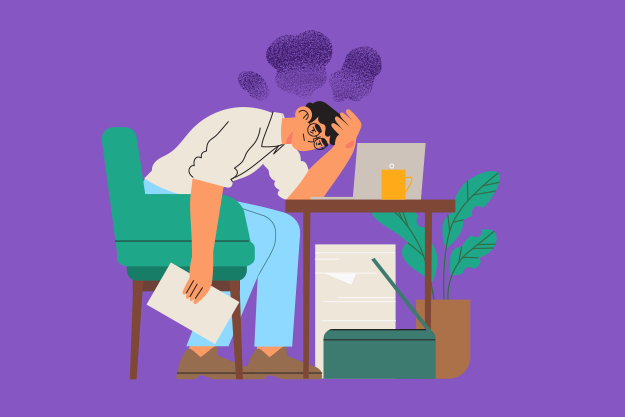Health Insurance Plan Design Pitfalls to Avoid in 2020
Can you believe it’s that time of year again? If you’re an HR leader, you’re already planning your health insurance and benefits for 2020....
Connected Navigation Platform
Guiding to high-value care
Behavioral Health
Foster a mentally healthy workplace
EAP
Supporting holistic wellbeing
Virtual MSK Care
Reimagining musculoskeletal care
Virtual Primary Care
Powered by smart navigation
Surgery Centers of Excellence
Best-in-class surgical outcomes
Virtual Urgent Care
Immediate care, any hour of the day
Chronic Care
A new approach to chronic care
Integrations
Flexible to any strategy
4 min read
 Claire Wiseman Imber
:
November 6, 2019
Claire Wiseman Imber
:
November 6, 2019
In the years since I began opening up about my own family’s struggle with substance abuse, I’ve found that nearly everyone I know has a similar story. Nearly 21 million Americans, or 6.5% of us, have at least one addiction. Of those friends, family members, and coworkers, only about 10% will receive treatment.
As an employer, you might think that helping workers cope with substance abuse or addiction is beyond your scope. Maybe you worry that it’s too personal, just none of your business, or simply too big a problem for your company to tackle.
Getting our arms around substance abuse won’t be easy, but the workplace should try. Your employees spend one-third of their lives at work. That means you’re likely to see the effects of substance abuse in low productivity, absenteeism, increased sick leave, and distraction. More importantly, you’ll see the human toll that substance abuse exacts on your employees, their family, and your coworkers.
To offer help, many companies turn to Employee Assistance Programs (EAP’s’). No, an EAP won’t solve the problem. But it can offer an entry point for employees to begin to seek treatment. In this post, we’ll discuss how EAP’s can tackle workplace substance abuse and offer our best tips for maximizing this benefit.
The American Psychiatric Association defines addiction, or severe substance use disorder, as a complex brain disorder resulting in compulsive substance use. Those with a substance abuse problem or addiction are more likely to deal with health problems, face financial difficulties, and struggle with personal relationships. As their work performance suffers, the cycle of stress and abuse continues. That said, substance abuse and addiction don’t always fit the profiles we’ve come to expect. For example:
As you build out your employee benefits package, don’t avoid creating a strategy to compassionately address substance abuse and addiction. All the free snacks and transit benefits in the world can’t help a struggling employee. Instead, let’s discuss how EAP’s can point your employees toward recovery.
Supporting employees through substance abuse might seem like an insurmountable obstacle, especially for small businesses. But an EAP benefit is usually a relatively affordable solution. Employee Assistance Programs are confidential and typically address mental health, stress, substance abuse, or family and marital problems through assessments, short-term counseling, and referrals. They’re effective, too.
In a study of one short-term counseling program, participants reported improvements in alcohol use and absenteeism after just 30 days. In the same program, 69.4% went from low or moderate productivity to high productivity during that period (see our post Does Short-Term Counseling Really Work?).
When an employee is struggling with substance abuse, their supervisor or coworkers might not know how to help. Referring to an EAP is a helpful first step. Employee Assistance Programs may also be a good entry point for more severe mental health and substance abuse concerns. In these cases, your employees will likely need longer-term, structured treatment plans that aren’t available within your EAP. An EAP counselor can help employees take the first steps toward recovery by pointing them to resources within the mental health and substance abuse (MHSA) component of a medical program.
It’s a safe bet that you’re already offering an EAP; in 2019, 79% of employers polled by SHRM did. If so, it’s essential to ask whether your employees are using this benefit. Do they even know it exists?
Employees struggling with substance abuse may be wary of coming to their manager, coworker, or even HR about their concerns. They may worry that they can’t afford to seek help on a high-deductible health plan. It’s essential they know they aren’t alone and can always access a confidential, low-cost option like an EAP.
Relying on traditional benefits education and delivery methods isn’t enough. Some estimates put EAP utilization as low as 7%, and studies of other widely-offered benefits bare out the idea that awareness is low (see Why Employees Don’t Use Your EAP Program for more). A Gallup study found that more than 85% of large employers offer a wellness program, but 40% of their employees aren’t aware that the plan exists. You want your EAP to be an exception to that rule because this offering, perhaps more than anything else on your benefits roster, can change lives.
If your company is one of the few in the US that doesn’t already offer an EAP, it’s high time to hop on board. Combined with a compassionate approach and organizational support, it’s a significant first step toward coping with substance abuse and addiction and improving life for struggling employees.
EAP’s are often buried in a benefits booklet and ignored. Here, we’ll share our best tips for helping employees navigate life with the help of your EAP.

Can you believe it’s that time of year again? If you’re an HR leader, you’re already planning your health insurance and benefits for 2020....

When the White House promoted Summer 2021 as a “Summer of freedom. A summer of joy” in a letter to encourage local officials to hold public events...